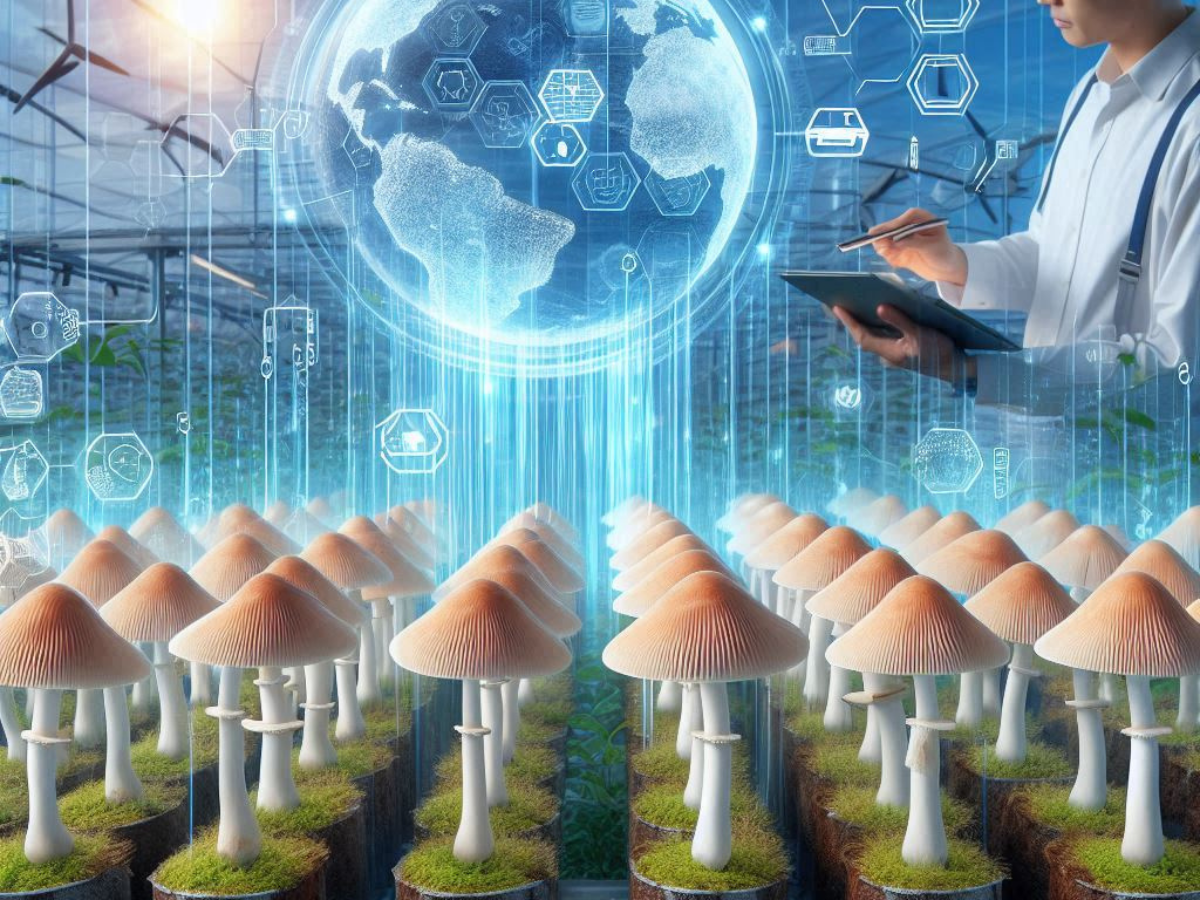Harnessing IoT-Based Smart Farming Techniques for Enhanced Mushroom Cultivation: Optimizing Growth, Quality, and Sustainability

Mushroom cultivation has long been revered for its nutritional value and culinary versatility. However, traditional farming practices often face challenges in maintaining optimal growing conditions and maximizing yields. Enter IoT-based smart farming, a cutting-edge approach that is revolutionizing mushroom cultivation by leveraging technology to enhance growth, quality, and sustainability.
Understanding Mushroom Cultivation
Mushroom cultivation involves meticulous attention to environmental conditions such as temperature, humidity, and airflow. These factors directly influence the growth and quality of mushrooms. Traditional farming methods rely heavily on manual monitoring and intervention, leaving room for inconsistencies and inefficiencies.
Role of IoT in Mushroom Farming
IoT, or the Internet of Things, introduces a paradigm shift in mushroom cultivation by integrating smart sensors and automated systems into farming practices. These IoT devices continuously monitor environmental parameters and provide real-time data insights, allowing growers to make informed decisions and optimize growing conditions.
Monitoring Environmental Parameters
IoT sensors deployed throughout mushroom growing facilities meticulously monitor key environmental parameters. Temperature, humidity, and CO2 levels are continuously tracked, ensuring that conditions remain within the optimal range for mushroom growth. Automated systems adjust environmental settings as needed, minimizing fluctuations and maximizing growth potential.
Automated Irrigation and Nutrient Management
Precise control over irrigation and nutrient delivery is essential for healthy mushroom growth. IoT- enabled irrigation systems accurately regulate water flow, preventing over or under-watering. Similarly, nutrient levels in substrate materials are monitored in real time, with automated dosing systems ensuring that mushrooms receive the ideal nutrient balance throughout their growth cycle.
Pest and Disease Management
Early detection and proactive management of pests and diseases are critical for maintaining healthy mushroom crops. IoT sensors and cameras detect signs of pest infestations and disease outbreaks, allowing growers to implement timely interventions. Integrated pest management (IPM) strategies, combined with IoT technology, minimize the need for chemical pesticides, promoting eco-friendly
farming practices.
Optimizing Harvesting and Post-Harvest Handling
IoT solutions extend their benefits beyond the growing phase, optimizing harvesting and post-harvest handling processes. Smart sensors monitor mushroom growth stages, enabling automated harvesting systems to precisely select and harvest mature mushrooms. Post-harvest conditions such as temperature and humidity are continuously monitored, extending the shelf life of harvested mushrooms and reducing
waste.
Challenges and Future Directions
While the potential benefits of IoT-based smart farming in mushroom cultivation are vast, challenges such as initial investment costs and technical complexities remain barriers to widespread adoption. However, ongoing advancements in technology and increasing accessibility of IoT solutions are paving the way for broader implementation in the future.
IoT-based smart farming represents a paradigm shift in mushroom cultivation, offering growers unprecedented control, efficiency, and sustainability. By harnessing the power of IoT technology to optimize growing conditions, manage pests and diseases, and streamline harvesting processes, mushroom growers can enhance productivity, improve product quality, and contribute to a more sustainable agricultural future. As the industry continues to evolve, embracing IoT-based smart farming techniques will be essential for meeting the growing demand for high-quality mushrooms while minimizing environmental impact.






